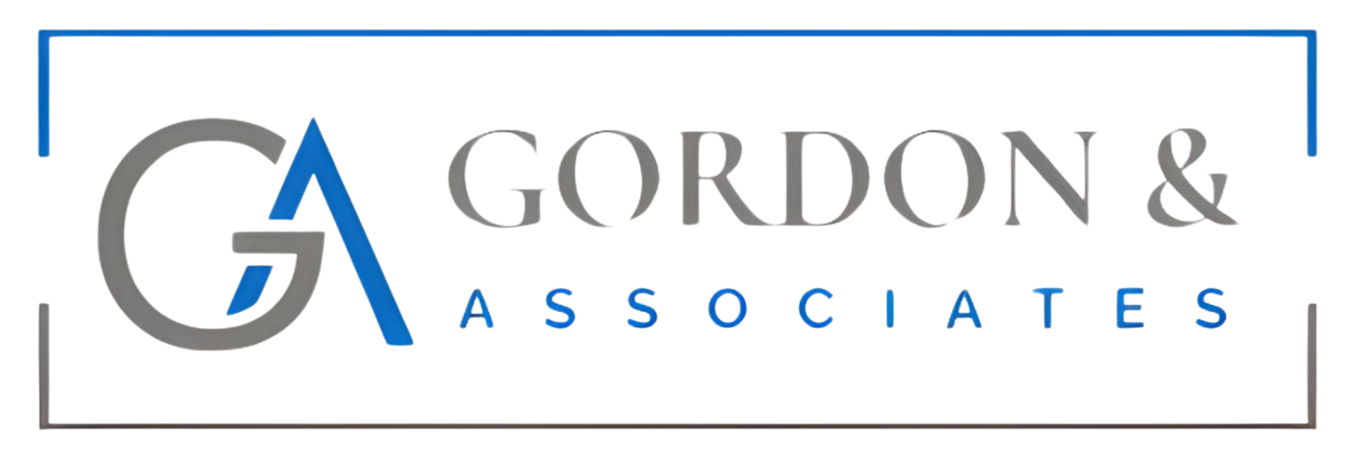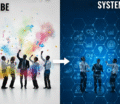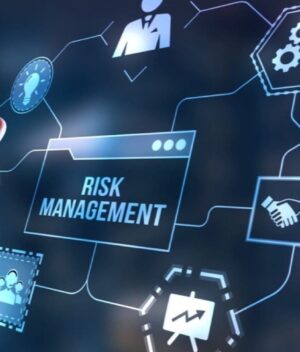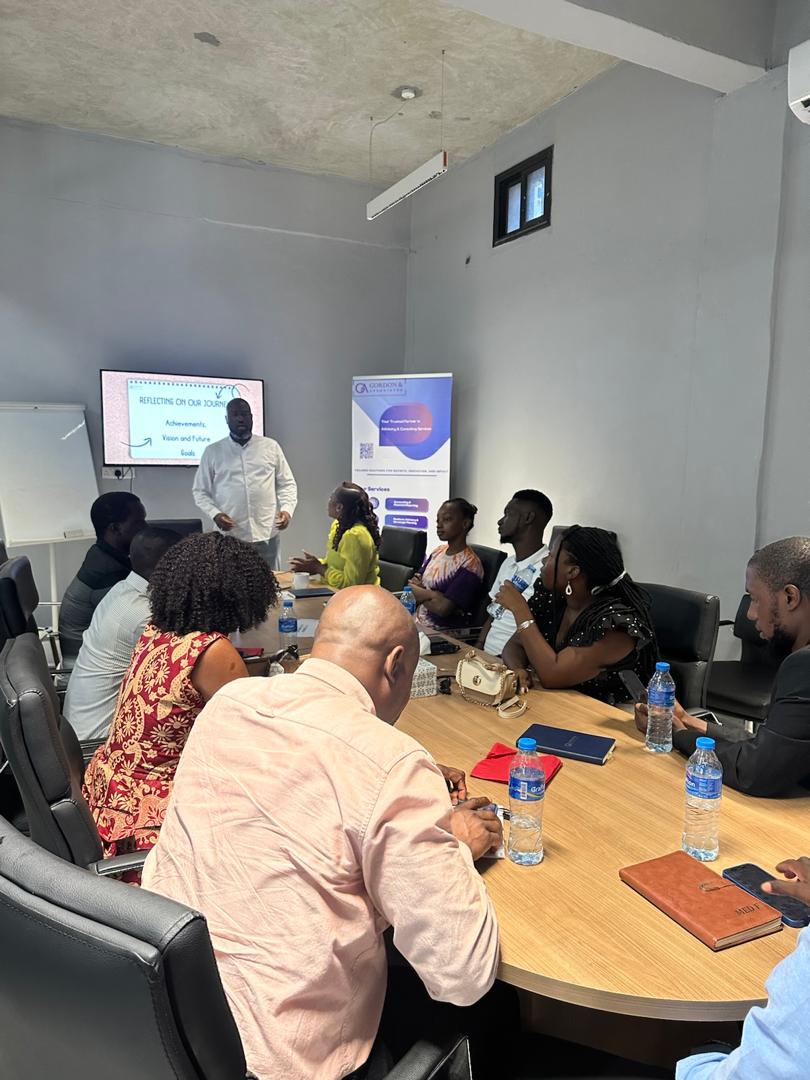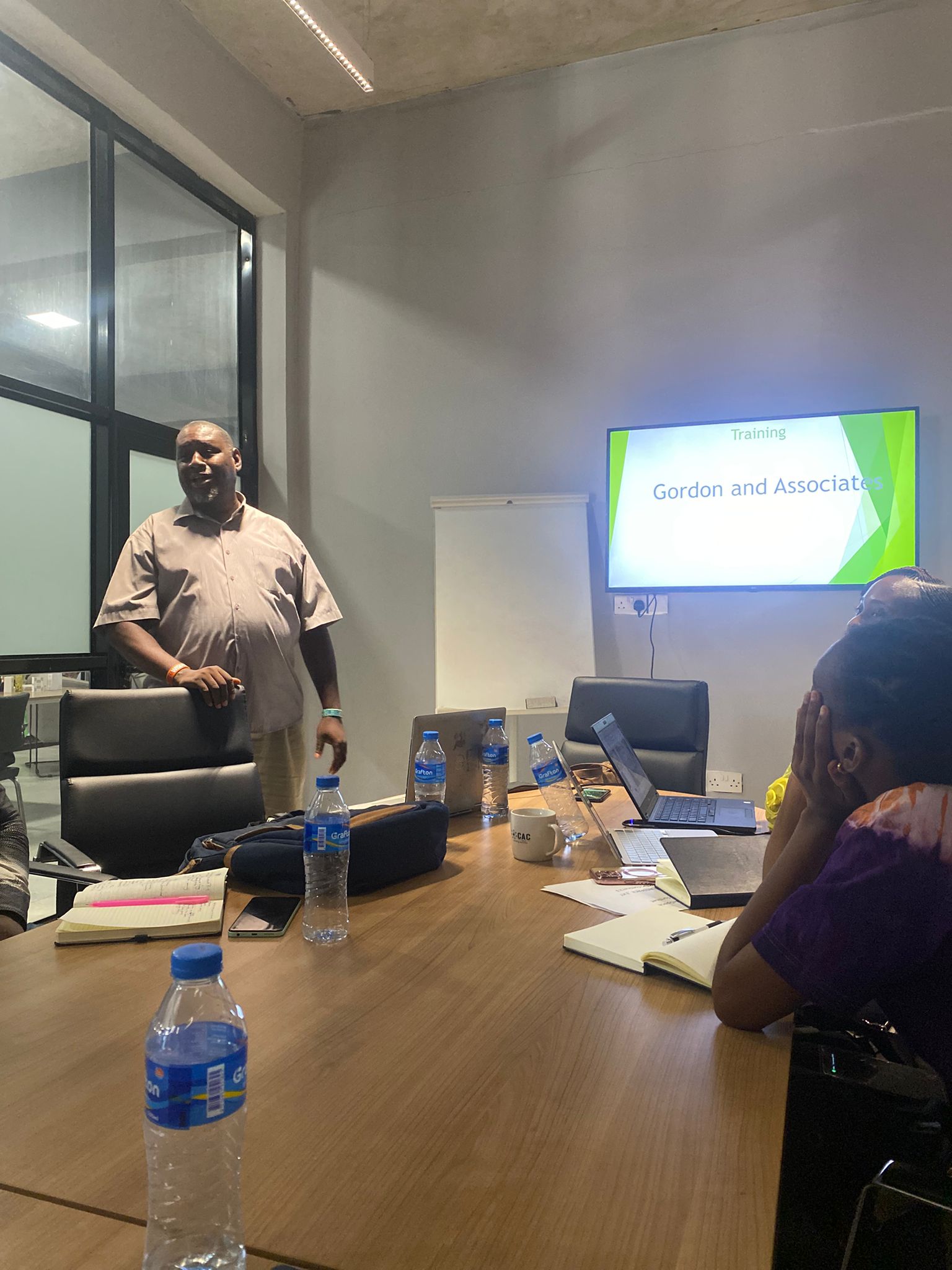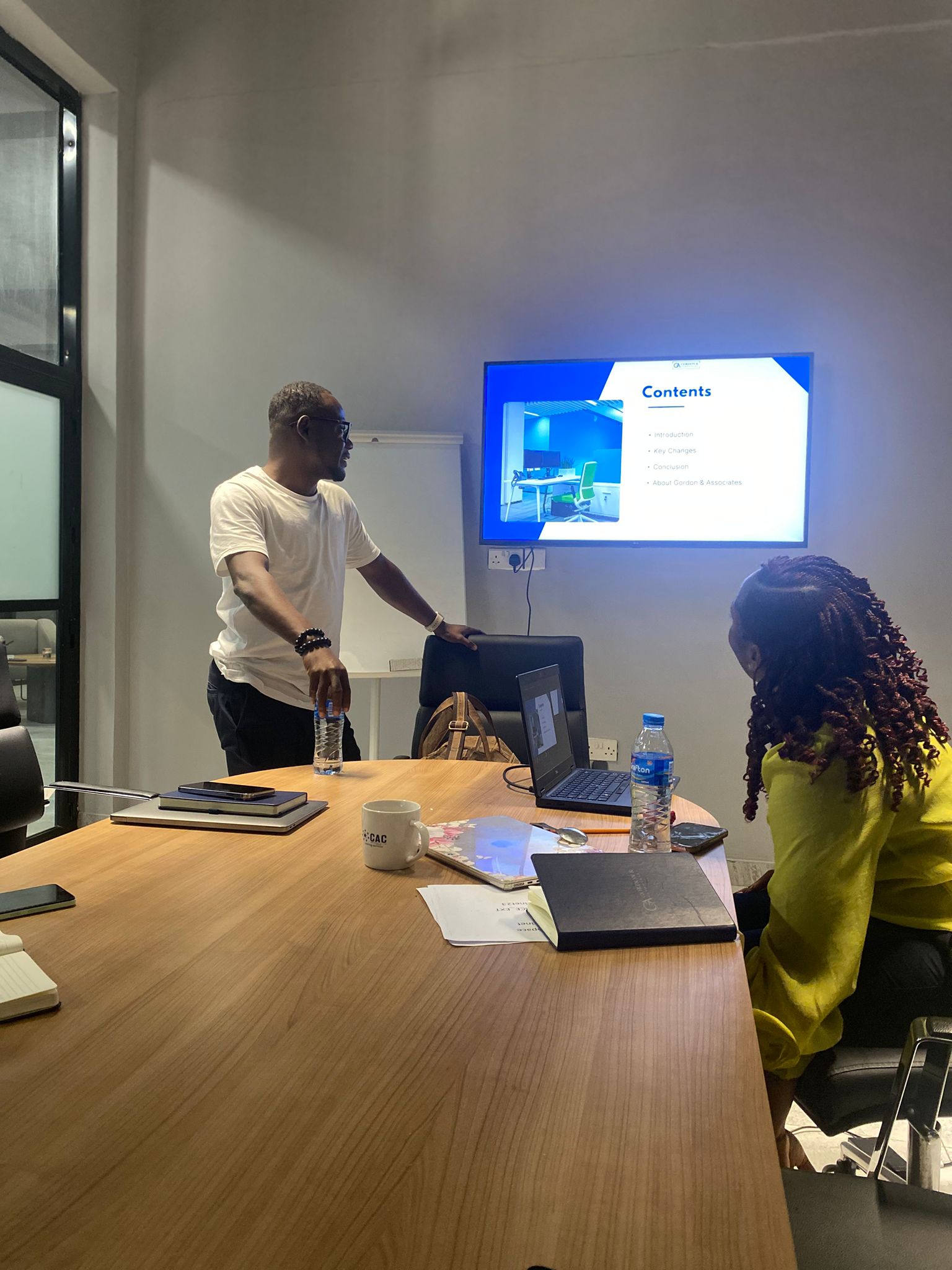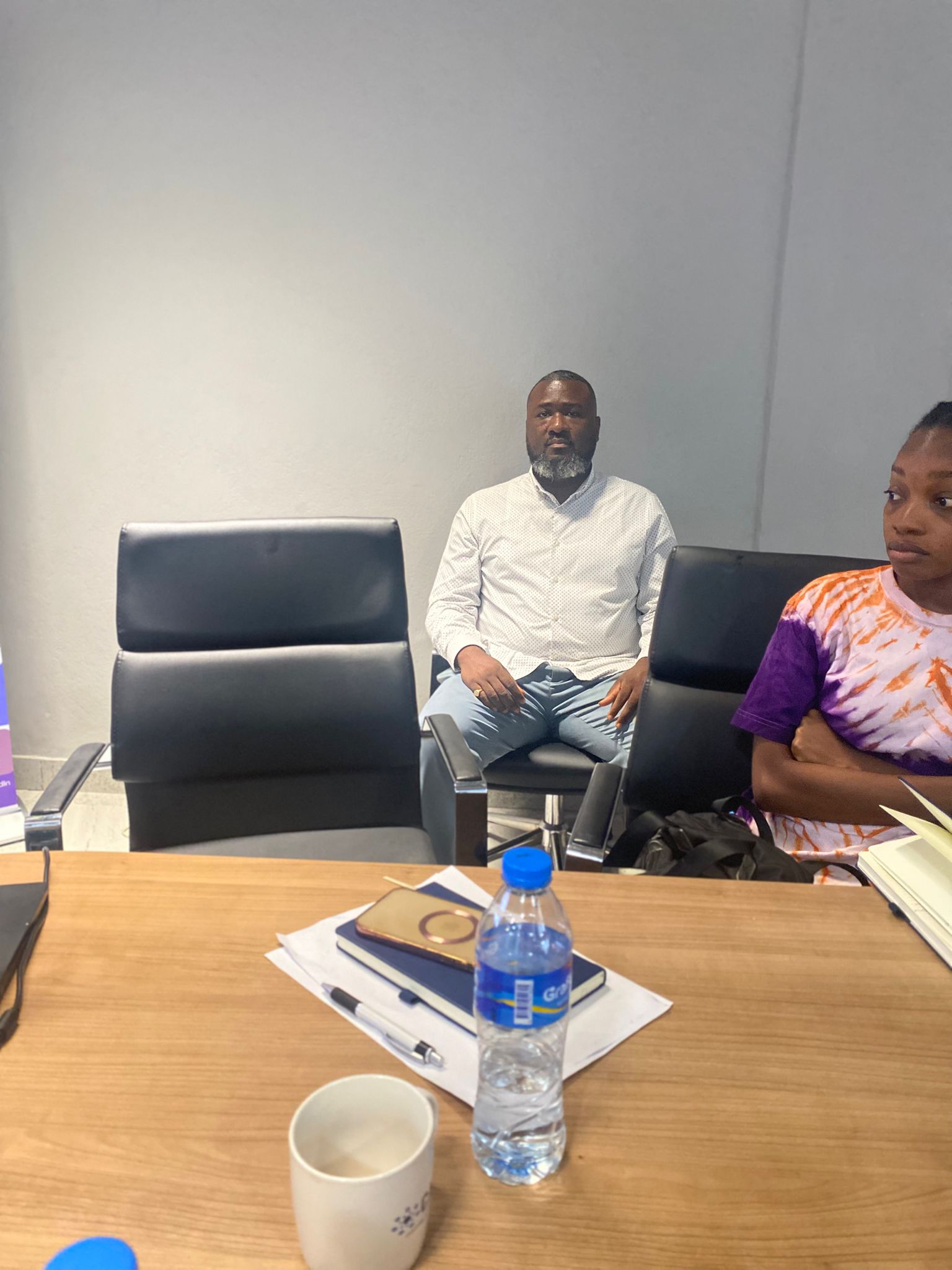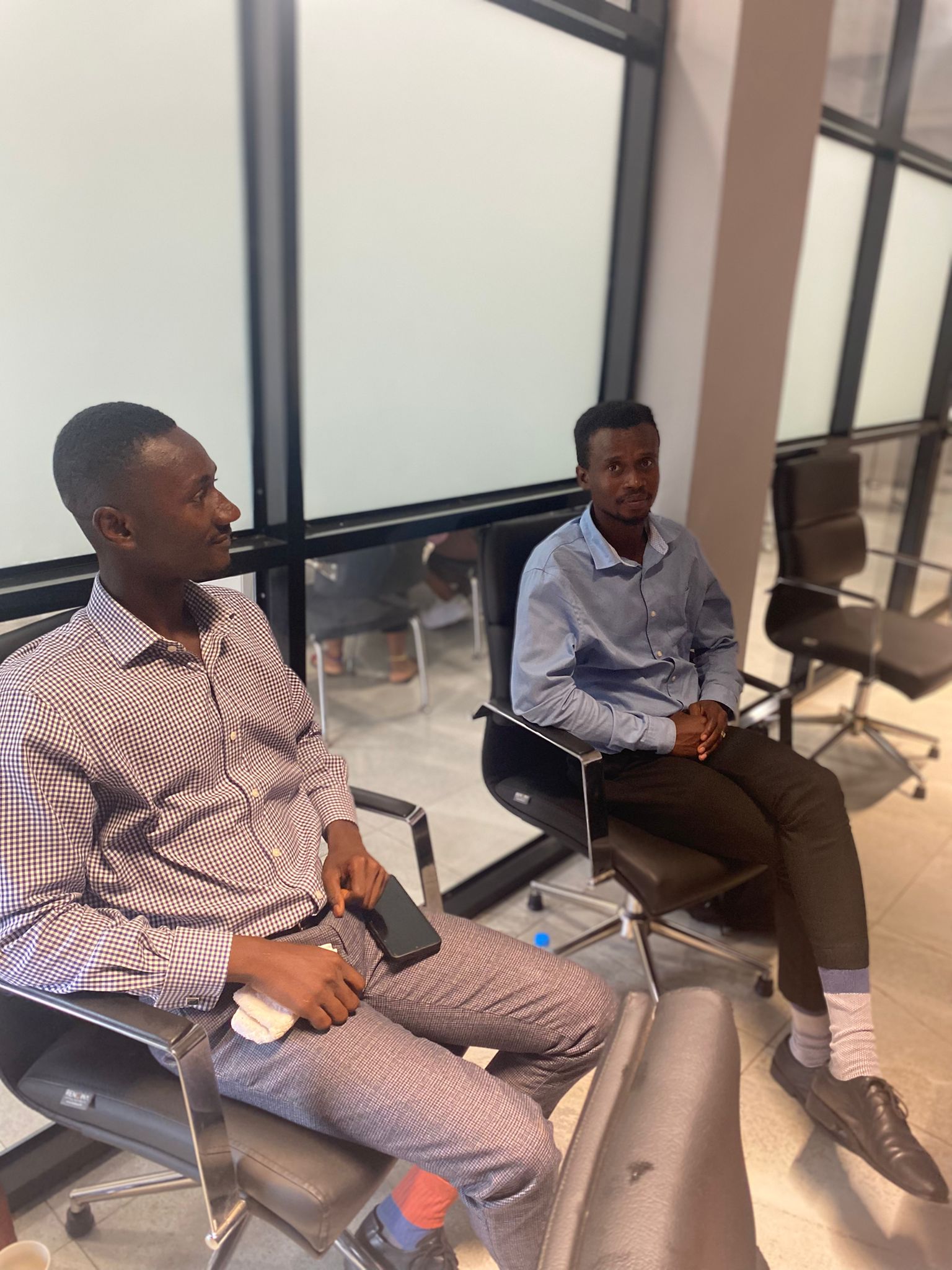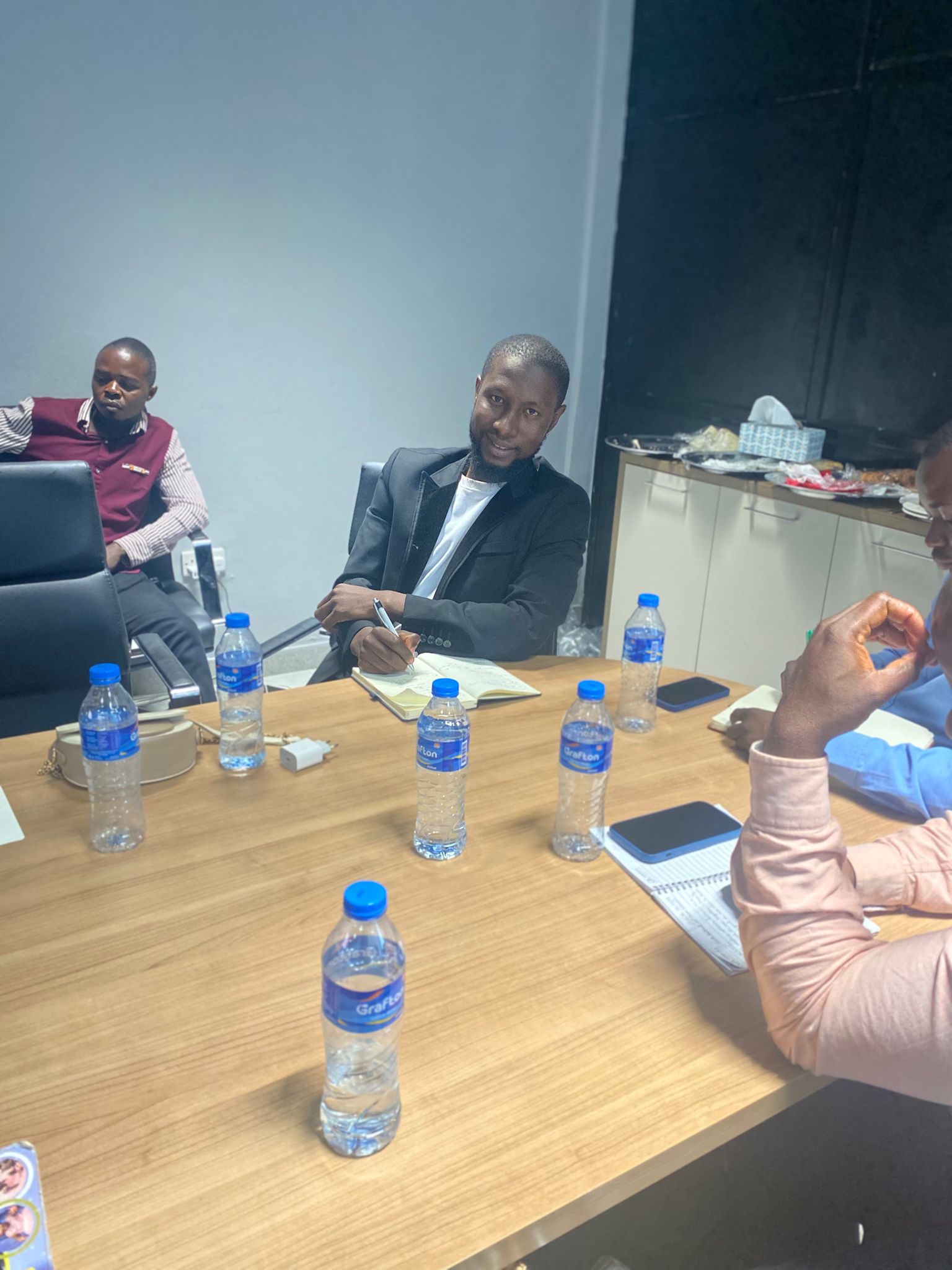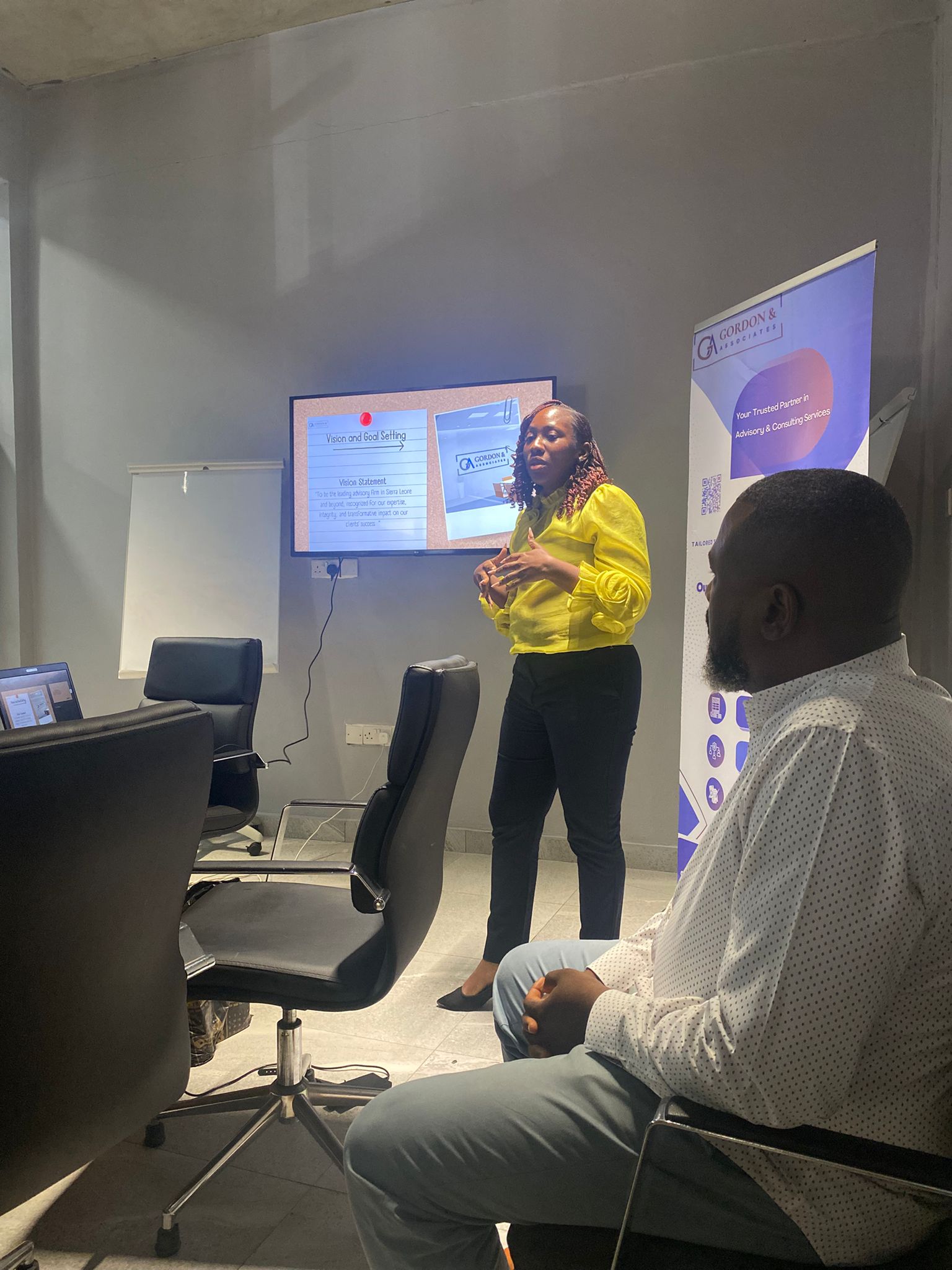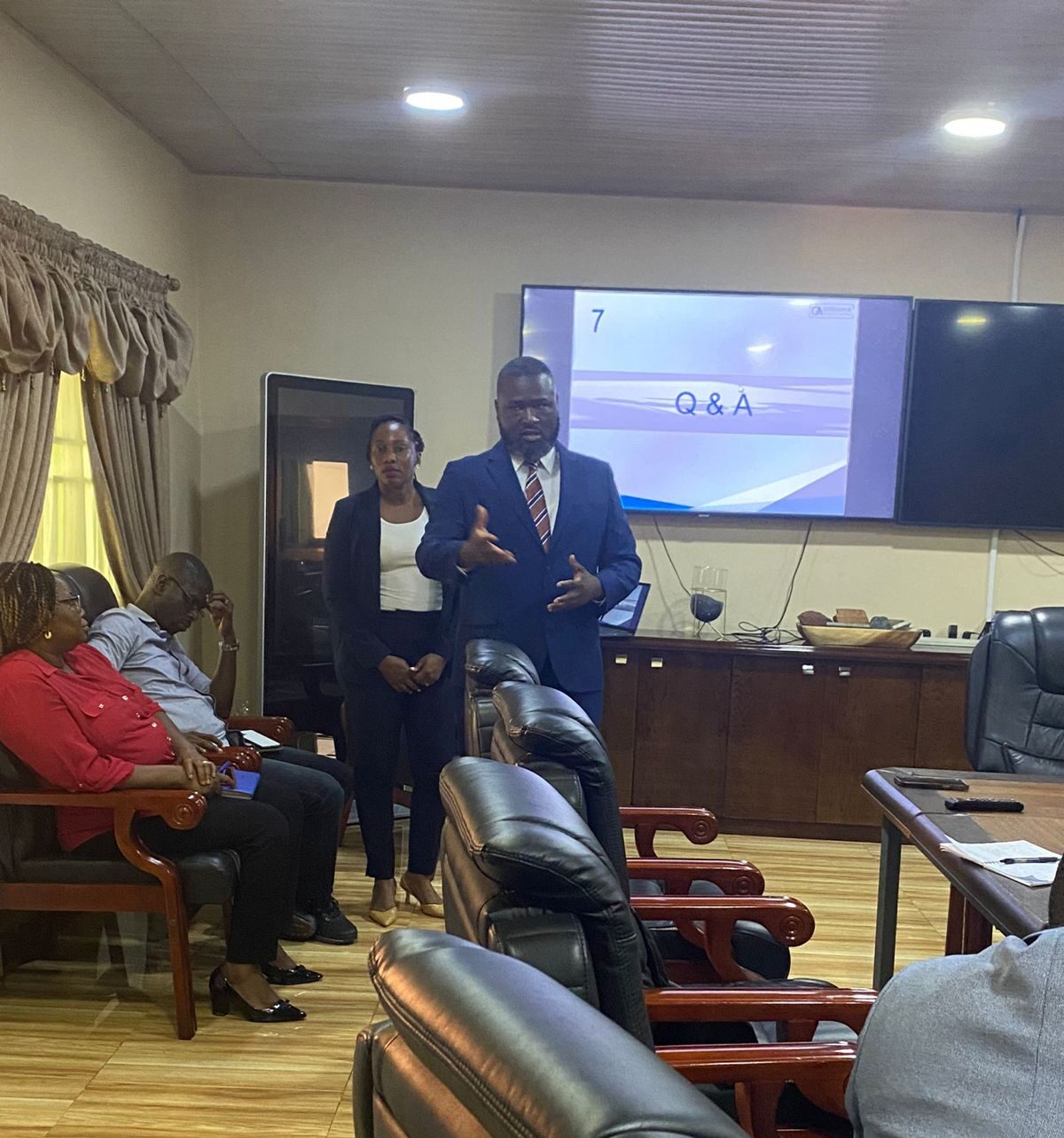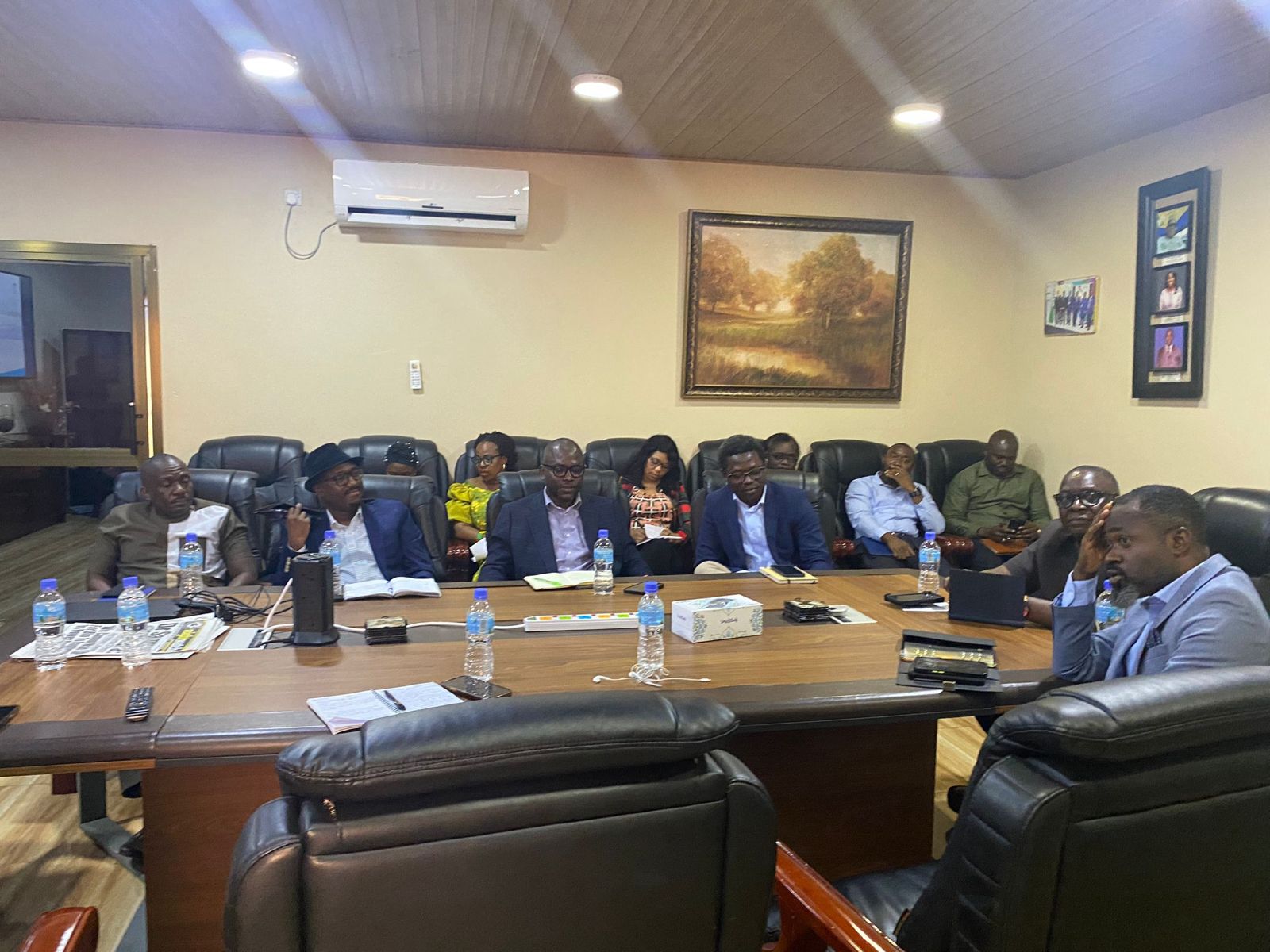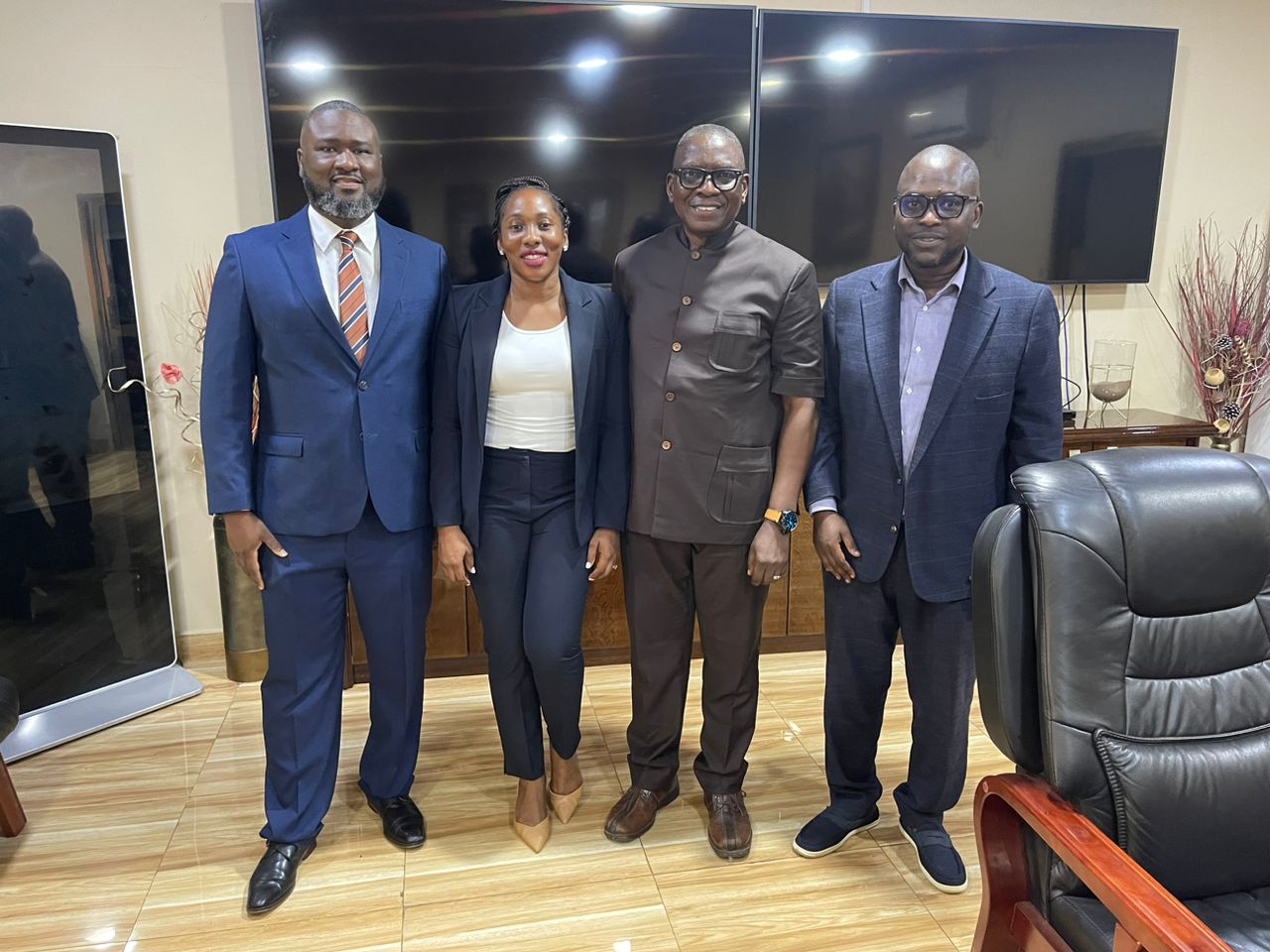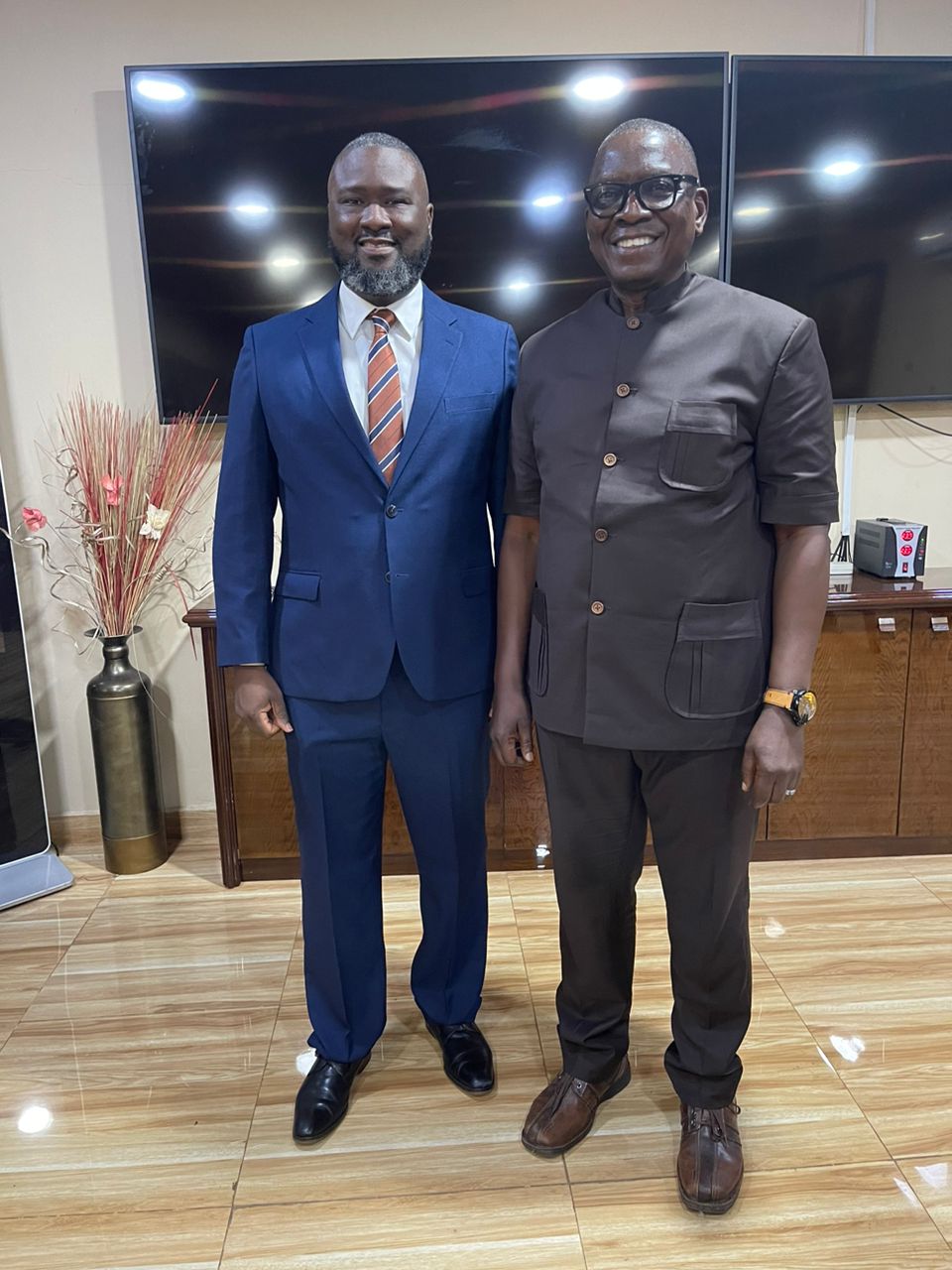In a world where uncertainty is the only constant, an effective Risk Management Framework isn’t just a compliance tick box — it’s your strategic superpower.
Whether you’re navigating market volatility, complex supply chains, cyber threats, or environmental and social risks, the goal remains the same: identify, assess, and manage risks systematically so your organization can thrive, not just survive.
So what does a robust Risk Management Framework look like? Let’s break it down.
What Exactly Is a Risk Management Framework?
A Risk Management Framework is an overarching system that defines how an organization identifies, analyzes, monitors, and communicates risks. It provides:
✅ Structure — Clear policies, standards, procedures, and guidelines.
✅ Consistency — A common approach that everyone understands.
✅ Accountability — Defined roles and responsibilities for risk owners at every level.
✅ Adaptability — Processes to respond to new and emerging risks as your environment changes.
At its heart, a good Risk Management Framework embeds risk thinking into everyday decision-making — from frontline operations to boardroom strategy.
ISO 31000: The Backbone of Best Practice
Most leading frameworks are anchored in the ISO 31000 Standard, which defines risk as “the effect of uncertainty on objectives.” This modern definition reminds us that risk isn’t only about avoiding threats — it’s also about seizing opportunities.
Key principles to remember:
- Risk management should create and protect value
- It must be an integral part of all decision-making
- It should be systematic, structured, and timely
- It must be tailored to the organization’s unique context
What Does a Solid Framework Include?
Here’s what you’ll find in a well-designed Risk Management Framework:
🔹 Policies: Clear statements of intent, endorsed by leadership and reviewed regularly
🔹 Standards: Mandatory performance requirements that can be measured and audited
🔹 Procedures: Practical instructions for how to carry out risk management activities and who does what
🔹 Guidelines: Helpful recommendations to support best practices when flexibility is needed
This hierarchy makes it clear what to do, how to do it, and who’s accountable.
The Risk Management Process: Not Just a Checklist
A framework is only as strong as the processes it enables. An effective risk management process typically follows these steps:
1️⃣ Establish the Context: Understand the internal and external environment. This includes political, economic, social, technological, legal, and environmental factors.
2️⃣ Identify Risks: What could affect your objectives? Think broadly — strategic, operational, financial, reputational, compliance-related.
3️⃣ Analyze & Evaluate: Assess risks by considering likelihood and consequence. Prioritize what matters most.
4️⃣ Treat Risks: Decide on actions — accept, mitigate, share, or avoid the risk. Strengthen controls.
5️⃣ Monitor & Review: Risks change, so keep your risk register alive. Review regularly, especially when there’s a trigger event.
6️⃣ Communicate & Consult: Keep stakeholders informed and involved at every stage. Good risk management is collaborative.
Who Owns Risk? Everyone!
A strong risk culture means risk is not “someone else’s job.” It’s everyone’s responsibility:
- Board & Executives: Set risk appetite and strategic direction.
- Managers: Integrate risk thinking into plans, budgets, and processes.
- Employees & Contractors: Own the risks in their daily roles, supported by training and practical tools.
When risk ownership is clear and well-communicated, accountability follows naturally.
Make Risk Information Useful — and Used
Don’t let your risk registers gather dust! Keep risk insights visible and practical:
- Use them to inform major spending decisions and project approvals.
- Embed risk discussions in everyday meetings, not just annual reviews.
- Report material risks up the chain — and keep flowing insights down too.
Key Takeaway for Advisors and Professionals
A Risk Management Framework is not a binder on a shelf — it’s your playbook for resilience. When embedded properly, it empowers your people to make better decisions, adapt to uncertainty, and even find opportunity in risk.
📌 Ask yourself:
- Is risk truly woven into our culture?
- Are our policies and procedures practical and up to date?
- Do people understand their role in managing risk — and feel equipped to do so?
🚀 Need Help Strengthening Your Framework?
At Gordon & Associates, we help organizations across industries develop, review, and embed robust risk management frameworks that deliver real value — not just compliance. From policy design to practical training, we partner with you to build a culture where everyone owns risk.
Ready to Take the Next Step?
Email: info@gordonassociates-sl.com
Call: +232 79 677 382
Visit us : 89 Pademba Road, Freetown
Website: gordonassociates-sl.com
Because in a world of constant change — the prepared don’t just survive. They lead.
Gordon & Associates – Your Best Financial Friend (B.F.F) for Business Growth in Sierra Leone
